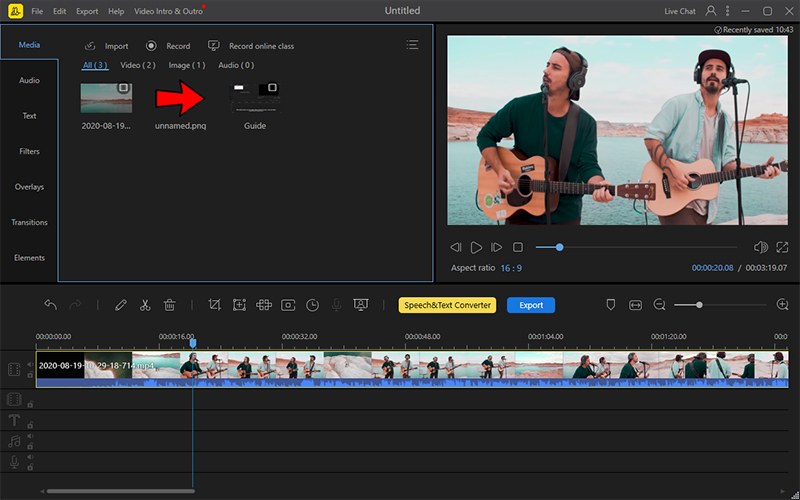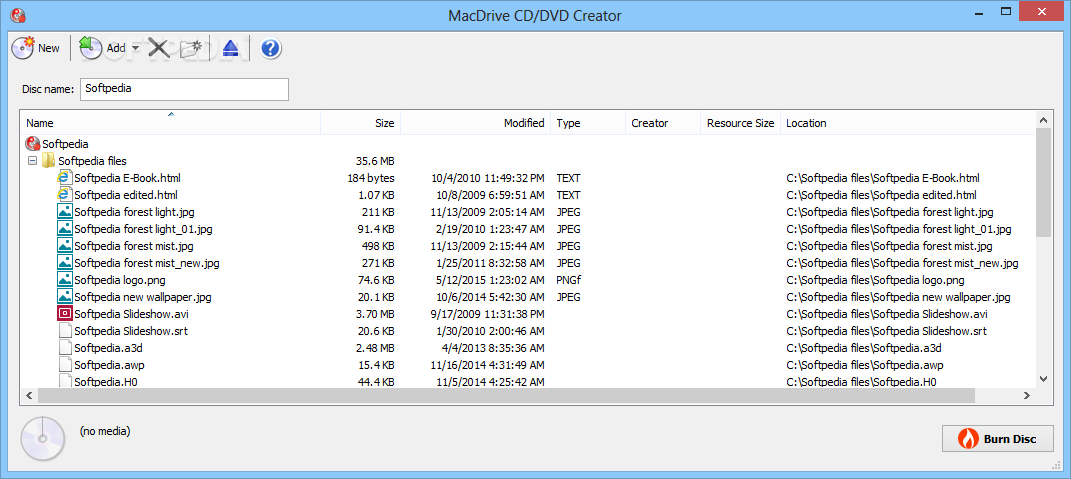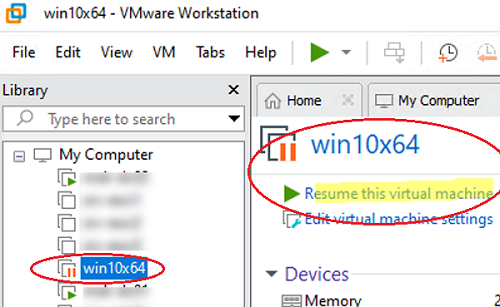Best Info To Picking A Free Software Keygen
Wiki Article
What Is Adobe Media Encoder, And What Are The Major Differences Between Versions 2015 20, 2020 And 2022? How Do I Get Free?
Adobe Media Encoder allows users to convert audio and video files into a variety of formats that work with various platforms and devices. Adobe Media Encoder, which is used for exporting media, is generally used in conjunction with Adobe Premiere Pro.
Adobe Media Encoder CS6: This version was released in 2012 and came as part of the Adobe Creative Suite 6. It came with a variety of new features like GPU-accelerated decoding, the capacity to export into a variety of formats, and enhanced efficiency and stability.
Adobe Media Encoder: This version, released in 2015 it introduced new features like HDR support, exporting to new formats such as GIF and WebM and enhancements in the user interface and performance.
Adobe Media Encoder 2020 : Released in 2019, this version brought new features, including the support of ProRes RAW in HEVC and HDR. The update also added new formats like H.264 adaptive Bitrate Streaming and performance enhancements.
Adobe Media Encoder 2020: The version that was that was released in 2021, added new features, including the ability to export at higher resolutions and new presets that are compatible with social media platforms. The software also increased the performance and stability.
Adobe Media Encoder continues to improve with each new version. It includes new formats supported, better performance and stability. The improvements have made it simpler for users to save their media files to various formats to be compatible with various devices and platforms. Take a look at the recommended https://invalidsoftware.net/ for site tips.

What Is Beecut And What Are The Distinctions Between Its Different Versions? How Do I Get Free?
BeeCut allows users to create videos of professional quality with an intuitive interface. BeeCut has two versions, Free and Pro. This is how they differ:
BeeCut Free is the free version of the software. It allows users to edit videos using basic editing tools including cutting and merging. The free version permits users to edit videos using basic editing tools such as cutting, splitting, merging and cropping.
BeeCut Pro - This is a paid version that comes with all features from the free version and advanced features. BeeCut Pro gives users access to over 300 overlays, video filters and transitions. It supports keyframes, which allows users to create complicated animations to their videos. Video stabilization is also supported in the Pro version in addition to exporting videos in 4K resolution.
Summary: The BeeCut free version is a simple video editor, which allows users to edit their videos using basic editing tools. However BeeCut Pro is a more advanced version. BeeCut Pro version has advanced editing features and tools to produce more complex, professional-quality videos. Check out the recommended https://invalidsoftware.net/ for website tips.

What Exactly Is Macdrive Pro? And How Does It Differ From The Other Versions? How Do I Get Free?
MacDrive Pro allows Windows users access to read, and write on Mac-formatted discs. It lets users share files between Mac and Windows PCs without the need to format the drive.MacDrive Pro provides various versions of its software, comprising:
MacDrive Standard: This is the most basic version of the program that allows users to access Mac-formatted drives on their Windows PC. It includes basic features like access to read and write however it doesn't provide advanced functions like repare or partitioning of disks.
MacDrive Pro : This version includes all features available in the Standard Version, and adds additional features like repair of disks, partitioning and mounting Mac-formatted RAID set.
MacDrive 10: This is the latest version of the software that comes with all the features of the Pro version and also support for Mac OS X 10.13 High Sierra, improved speed and performance, and the capability to format Mac disks using a Windows computer.
MacDrive Pro comes in different versions, each with their specific tools and features. Standard version is able to write and read formatted Mac files, while Pro offers more advanced features like partitioning and repair of disks. The latest version, MacDrive 10, offers the most modern features and support for the most up-to-date Mac OS, as well as speed and performance improvements. Have a look at the recommended https://invalidsoftware.net/ for blog info.

What Exactly Is Vmware Workstation? And How Do The Different Versions Differ? How Do I Get Free?
VMware Workstation allows users to run several virtual machines on one physical computer. VMware Workstation comes in several versions that vary in capabilities and compatibility. Here is a quick review of the features and capabilities.
VMware Workstation It was initially released in 2008 to support Windows Vista, 64-bit OS and other operating systems.
VMware Workstation 8 (released in 2011) It included a number of new features, including the ability to upload VMs directly to vSphere and USB 3.0.
VMware Workstation 10 Version 10 was launched in 2013 and introduced support for Windows 8.1 as well as new virtual hardware features such as SSD pass-through as well as Intel Haswell CPU performance optimizations.
VMware Workstation 12. This version was launched by VMware in 2015. It includes support for Windows 10 along with new virtual features such as DirectX 10 or 3D graphics.
VMware Workstation 14 came out in the year 2017. It supports the latest versions Windows and Linux, and also includes the ability to support UEFI Secure Boot.
VMware Workstation 16 was released in 2020. It runs the most current versions Windows 10 and Ubuntu as along with new hardware features such as the virtual Trusted platform module (TPM) or Virtual NVMe devices.
VMware Workstation versions come in various editions. There are Pro and Player Editions that have various features. The Pro Edition, for instance is designed for professionals and has more advanced features like the ability to copy. remote connections as well as integration with vSphere and vSphere, among others. Player editions are designed to be used by individuals and offer users with a simpler interface and fewer options. Have a look at the top rated https://invalidsoftware.net/ for blog recommendations.

What exactly do you know about Microsoft OneNote and how do versions 2010and 2007 differ? 2013 and 2016 differ? How Do I Get Free?
Microsoft OneNote, a note-taking application and tool for organization developed by Microsoft It allows users to create notes. It allows you to store notes inside notebooks. These can be organized into sections or pages. OneNote can be used to organize and store information, create to-do lists as well as record video and audio and collaborate with others.The different versions of Microsoft OneNote differ in terms of their features and capabilities. Here is a quick overview of the distinctions between a few of Microsoft OneNote's most recent versions.
OneNote 2010 was released as a part of Office 2010 in 2010, OneNote 2010 introduced new features, including linked notes, enhanced search capabilities, and integration with other Office applications.
OneNote 7: OneNote 7 was released in 2007. It included new features, such as handwriting recognition and the ability for users to collaborate on notebooks.
OneNote 2012: OneNote 2012 was released in 2012. It introduced new features and a completely new look and feel. OneNote 2012 also added new functionality, including the ability to cut web pages into pieces and connect to cloud storage.
OneNote 2016 (Windows 10 compatible): OneNote 2016 has been released in 2015 as a part of Office 2016. It is essentially a desktop-based version of the application. It offers features such as better syncing and sharing features and the ability to create notebooks and sections.
The features of OneNote have been improved with each update, making the app a much more effective note-taking tool.